May 19, 2025 | 14:54 GMT +7
May 19, 2025 | 14:54 GMT +7
Hotline: 0913.378.918
May 19, 2025 | 14:54 GMT +7
Hotline: 0913.378.918
According to the Department of Quality, Processing, and Market Development (under the Ministry of Agriculture and Environment), significant attention has been given to brand and trademark development. These efforts have been institutionalized through various laws and prime ministerial decisions, including the Foreign Trade Management Law, the Crop Production Law, the Livestock Production Law, the Fisheries Law, the National Branding Program for 2020-2030, and the Agricultural Sector Restructuring Plan for 2021-2025.
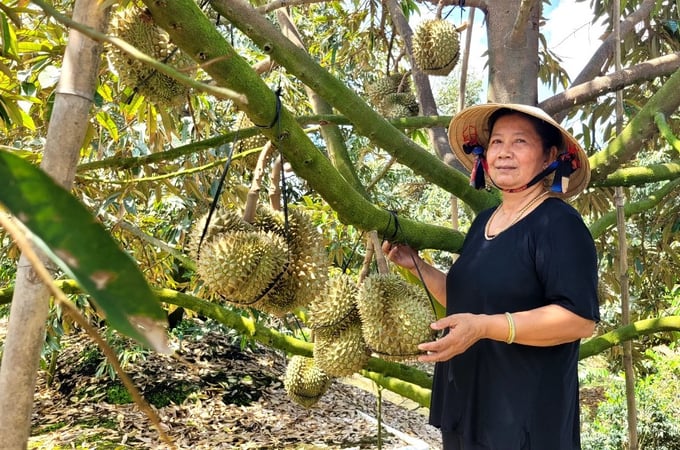
Cai Lay durian is granted collective trademark certificate. Photo: Minh Dam.
However, the existing legal framework remains vague, fragmented, and poorly tailored to the realities of Vietnam’s small-scale agricultural sector, where ensuring consistent product quality is an ongoing challenge. A key issue is the lack of a comprehensive national strategy to build and expand distinct agricultural brands. Furthermore, Vietnam lacks large-scale, concentrated production zones that can provide stable, high-quality raw materials with proper traceability and standardized cultivation codes, all of which are crucial for sustainable market supply.
Government officials and industry experts acknowledge that establishing and effectively leveraging agricultural brands remains a formidable challenge.
According to Mr. Cao Tan Huong, Vice Chairman of the People’s Committee of Cho Gao District, Tien Giang Province, although Cho Gao secured intellectual property rights early on, its dragon fruit brand has yet to generate significant economic value. Maintaining intellectual property protections remains a complex and costly endeavor.
Mr. Tran Van Ut Tam, Deputy Director of the Department of Science and Technology in Tra Vinh Province, shared that the province is struggling with agricultural brand development. He explained that intellectual property programs involve three sectors—science and technology, agriculture and environment, and industry and trade—but incoherent policies and overlapping regulations have hindered meaningful progress.
According to Mr. Tran Giang Khue, Head of the Ho Chi Minh City Representative Office of the Intellectual Property Department (under the Ministry of Science and Technology), insufficient funding is another major obstacle. The renewal of collective trademarks remains underfunded, and there is an urgent need for dedicated financial support for promotional programs that can enhance the visibility and market reach of national and regional agricultural brands. To ensure long-term success, branding initiatives must be scaled up and maintained consistently across both domestic and international markets.
Given these pressing issues, there is an urgent need to develop and implement a government decree that specifically addresses the construction and expansion of Vietnam’s agricultural brands and trademarks.
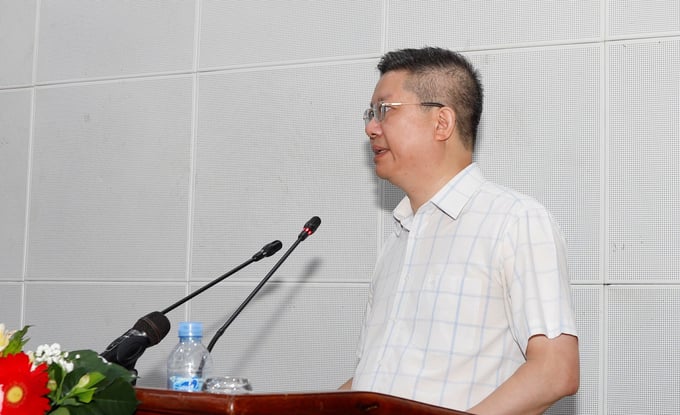
Mr. Le Thanh Hoa, Deputy Director of the Department of Quality, Processing and Market Development, said that it is necessary to protect Vietnamese plant varieties by participating in international conventions. Photo: Minh Dam.
Mr. Le Thanh Hoa, Deputy Director of the Department of Quality, Processing, and Market Development, emphasized the necessity of protecting Vietnamese plant varieties by integrating into international conventions. Meanwhile, Mr. Nguyen Dinh Hoa, Deputy Director of the Hanoi Department of Agriculture and Environment, highlighted that the capital city places great importance on agricultural production and processing. He noted that Hanoi currently operates four key support policies that focus on production, processing, preservation, communication, intellectual property protection, and product quality management for both domestic and international markets. However, he acknowledged that the establishment of databases and brand protection mechanisms remains weak. Moving forward, policymakers must conduct a thorough review of existing policies, eliminate those that are ineffective, and streamline administrative procedures to enhance agricultural branding efforts.
Furthermore, Mr. Le Thanh Hoa stressed the importance of preventing regulatory overlaps among government ministries. Currently, responsibilities are divided as Intellectual property registration and protection fall under the Ministry of Science and Technology; Commercial regulations are managed by the Ministry of Industry and Trade; and Agricultural trade promotion is the responsibility of the Ministry of Agriculture and Environment.
To maximize the economic value of Vietnam’s agricultural products, these agencies must work in greater coordination to develop a unified and effective branding strategy for the country’s agricultural sector.
While Vietnam is a major exporter of agricultural products such as rice, coffee, pepper, seafood, and fruits, brand recognition and value-added positioning are still weak in global markets. Many Vietnamese agricultural goods are exported as raw materials rather than branded, premium products, limiting their competitiveness.
Establishing strong geographical indications, collective trademarks, and national branding programs is essential to enhance market credibility and consumer trust. Additionally, better coordination between government agencies, increased financial support, and marketing efforts will be necessary to position Vietnamese agricultural products as high-quality, internationally recognized brands.
Translated by Linh Linh

(VAN) The German Agricultural Society (DLG) explores the possibility of establishing a mechanization service center in Vietnam’s Mekong Delta to support farmers in accessing and utilizing advanced machinery.
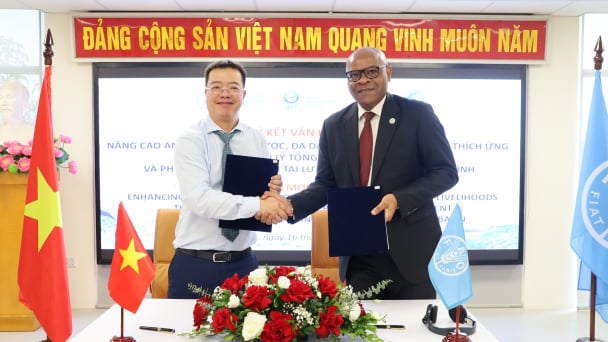
(VAN) On May 16, the Department of Water Resources Management, in collaboration with the Food and Agriculture Organization of the United Nations (FAO), held a signing ceremony for the GEF-8 project document.
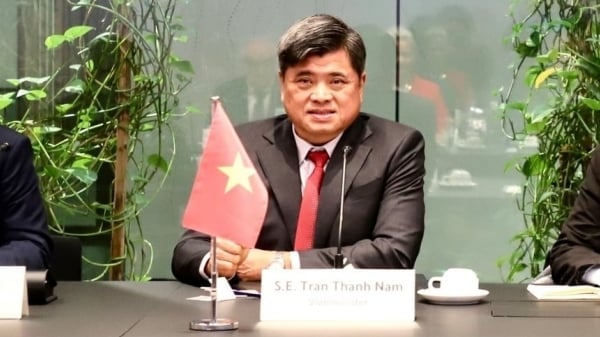
(VAN) Food safety, mechanization, vocational training, and market opening are key areas of cooperation expected between the Vietnamese Government and the Federal Republic of Germany.
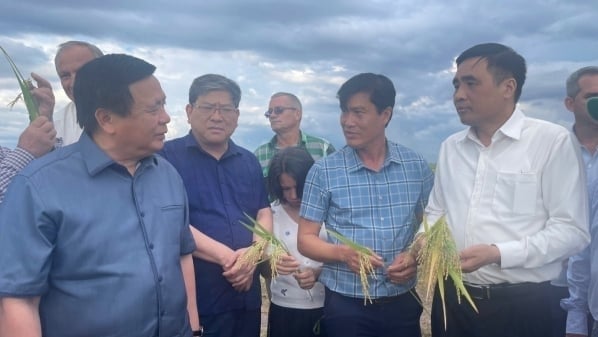
(VAN) Deputy Minister Nguyen Quoc Tri also expressed his hope that Cuba will soon overcome its current challenges, attain food security, and further expand cooperation with Vietnam.

(VAN) The project contributes to enhancing the resilience of communities vulnerable to the impacts of climate change, with a primary focus on local women.

(VAN) Green materials help save energy and resources. However, after more than 10 years, Vietnam has only developed over 200 green buildings with more than 6 million square meters of floor space.
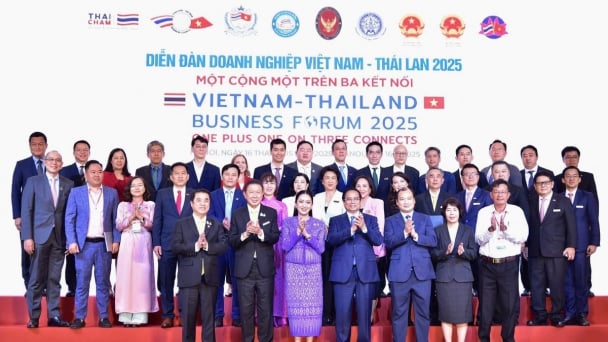
(VAN) Vietnam - Thailand Business Forum 2025: One plus one on three connects, marking a milestone in the comprehensive strategic partnership between the two nations.